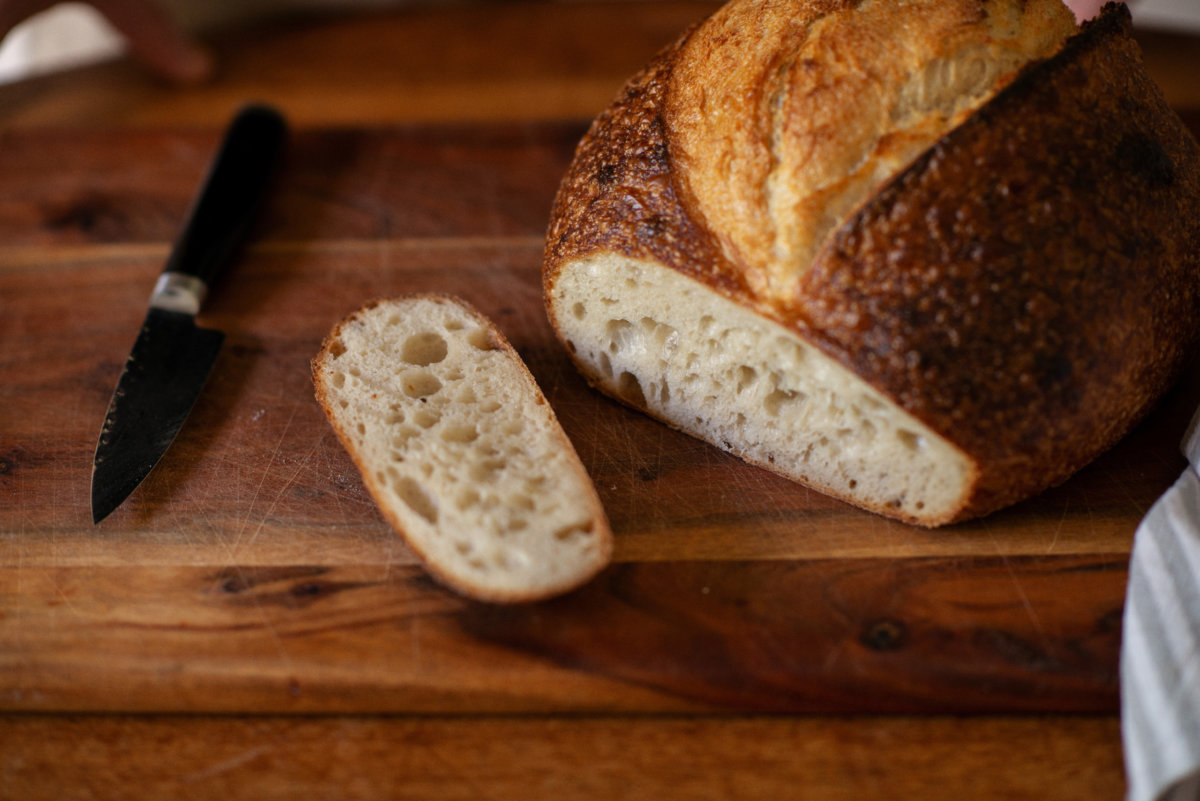
114—
Artisan Sourdough Bread
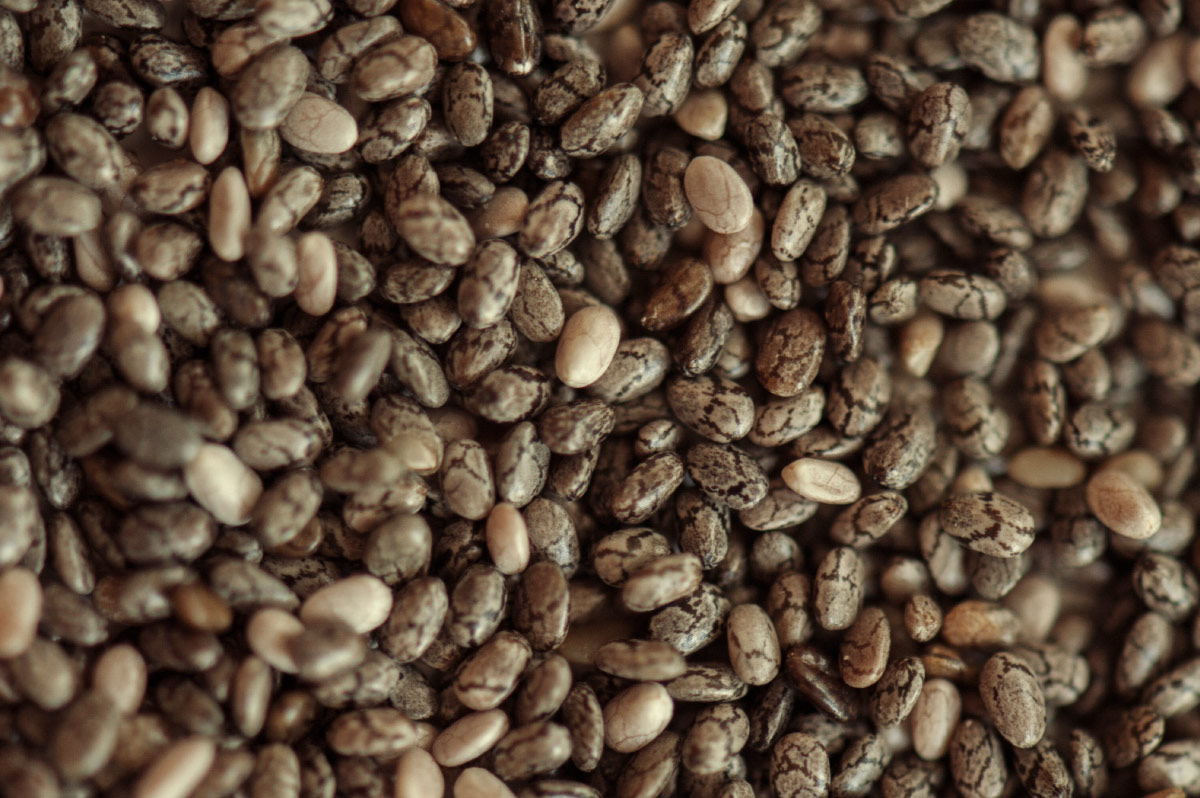
Chia Seeds (pronounced chee-ah) are another new ‘superfood’ that people are going crazy for, but is all the fuss justified? The stories sound sexy enough — the Aztecs, Mayans and Incans traditionally used the seeds to sustain themselves when running long distances, and when preparing to battle. But what can this foreign seed offer us new-age Kiwi folk — who use cars, trains, and aeroplanes to travel long distances, and whose battles are contained to rugby fields?
(Please check out this link to read more blog-posts from me about food advice/reviews e.g. Kombucha, Coconut Water, Coconut Oil, Green Smoothies, Apple Cider Vinegar, and NZ Farmed Salmon.)
We were just getting used to saying ‘keen-wah’ rather than ‘quin-no-ah’, when along comes another seed from South America — Chia Seeds.
Pronounced ‘Chee-ah’, most Kiwis refer to them as ‘Chai-a’ seeds. These seeds can be black, brown or white. While the colors are different, the taste and nutritional value are more or less the same, although the darker seeds have a slightly higher concentration of antioxidants. The Chia seed is prized for the fibre, protein, oil, minerals, and antioxidants it possesses. To put it into perspective, if compared to Quinoa seeds (which are essentially the same size), it packs more of a punch on most nutritional fronts. However, because of the nature of this particular seed, it cannot be imbibed in in any great quantity. Therefore in my opinion, it leaves its ‘nutritional’ value of limited use.1
Note: Let me be clear by saying that its culinary uses however, are unlimited. For instance, I think this Raw Chia Seed Jam from Petite Kitchen is a fab idea.
The fibre And Protein in Chia seeds helps us to:
1— stablilize energy levels
2—balance blood sugar levels
3—reduce cravings and curbs the appetite
4—promote weight loss (by curbing the appetite)
5—increase detoxification and elimination
6—lower cholesterol and triglycerides
7—reduce blood pressure
Note: the top four points contribute to the ‘endurance’ factor that Chia seeds are famed for.

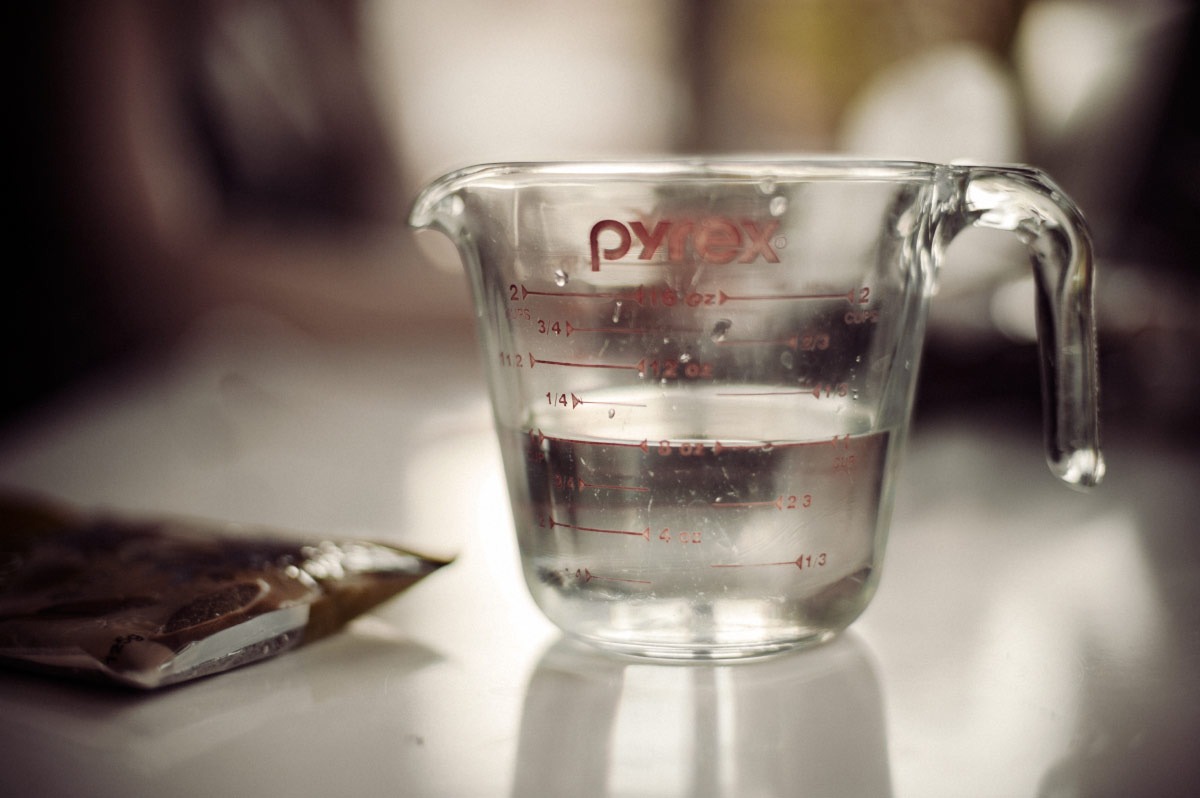
For their size (again, similar to a Quinoa seed) these wee ‘performance enhancers’ are chock-a-block full of:2
FIBRE
(soluble fibre)
complete proteins
(it contains all the essential amino acids — Vegans listen up!)
omega-3 and omega-6 oils
minerals
antioxidants
(quercetin, caffeic acid and chloregenic acid)
Apparently Chia seeds contain more omega-3 than salmon, more calcium than milk, and more antioxidants than blueberries. And, considering their size, they contain a ‘sizable’ amount of magnesium and potassium.
Note: I use the protein content of these seeds to establish serving sizes for my clients. It is difficult to establish dosing based on the actual levels of oils, minerals, and antioxidants. I prefer to recommend other foods and herbs for these purposes.
Chia seeds taste pretty harmless — they’ve got a very mild bitter/sunflower seed flavour to them. Therefore there are endless different ways you can use them (hide them!) They add texture — a bit of crunch — where necessary. This seed can also be used as a thickener, as a replacement for eggs & breadcrumbs, and to coat things.
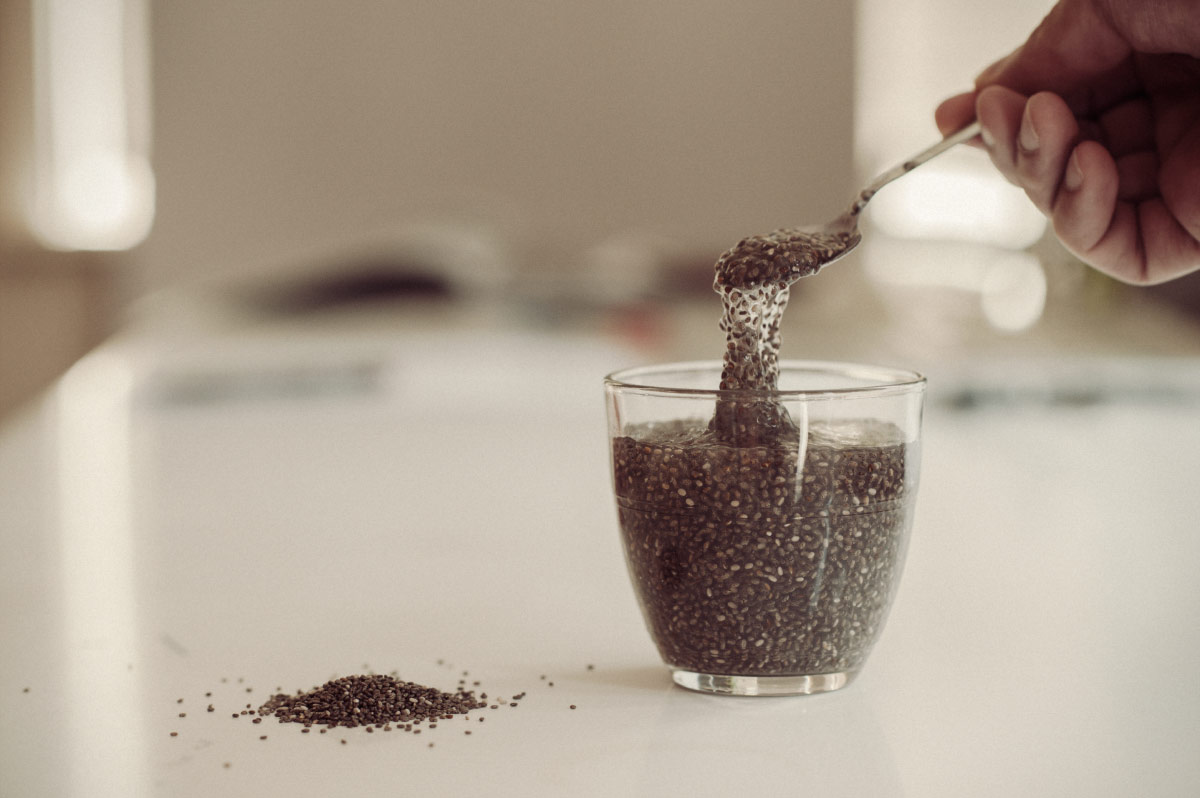
How to eat or drink Chia seeds
Chia seeds can be used in several ways: They can be eaten freshly ground, or whole. They can be eaten raw or cooked.
How wholesalers suggest you use Chia Seeds
Add them to everything!
They recommend you use them in: cereals, smoothies, salads, soups, energy bars/balls, yoghurt, baked or cooked dishes.
Make them into healthy puddings!
Add them to water (cold/hot) or juice to drink.
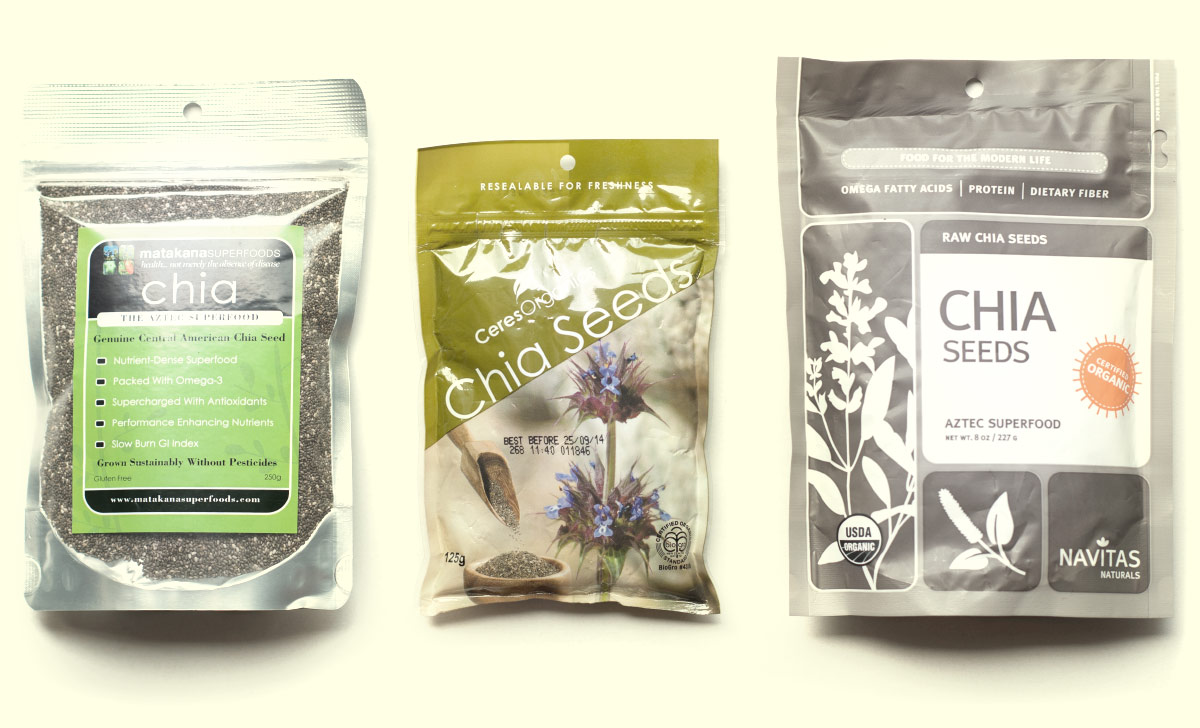
The way everyone goes mad for Chia seeds, you’d think we’d never heard of soluble fibre and its benefits before!
In case anyone’s forgotten, here are some examples of other foods that do the same job: flaxseeds, slippery elm, psyllium, oat bran, seaweed, legumes, apples, cabbage, onion, nuts and seeds.
Note: Soluble fibre has a gel-forming action that is believed to create a physical barrier between carbohydrates and your digestive enzymes thus slowing the conversion of carbohydrates into sugar.
To read more about slippery elm, please click here.
I don’t know about you folk, but I don’t think my European digestive tract is as hardy as a native South American’s — whose traditional staple diet is corn and beans. Activate these seeds by soaking them first or by sprouting them, which can help to make the nutrients more accessible and the seeds easier digested (www.sproutpeople.com). This may also help to prevent constipation and gastrointestinal distress that can be created if you do not consume enough water with your seeds.
Not all omega-3 is created equally! Chia seeds are rich in alpha-linolenic acid (ALA), a member of the omega-3 essential fat family. ALA is not the same in its chemical make-up as the other forms of omega-3 that are derived from fish (EPA and DHA). Your body can’t always convert them into the more useable form so easily.
Different brands, have different suggested servings sizes:
Ceres suggests: 10g
Navitas Naturals suggests: 12g
Makakana Superfoods suggests: 15–30g
Different health professionals, and various health bloggers have different opinions as well!
Most fail to mention how important it is to ensure you are drinking enough water with the use of these seeds.
Everyone always wants to know this question!
Yes! You can take Chia seeds in water before bed – as described above & below – you won’t poo yourself during the night. (If that’s what you’re really asking?!) 😉
To find out how to ‘create’ the perfect ‘poo’ – please click here.
Be moderate with your consumption of these seeds.3, 5, 6
In short:
1— There is not enough long term research on how this foreign seed interacts with our Kiwi digestive systems, and ultimate well-being.
2—No-one can agree how much fluid these seeds can absorb. Therefore it would pay to consume these with water, least they absorb your digestive secretions, and/or constipate you!
The aim should be to reach about 5–8 g of protein per serve (this amount is based on a ‘snack size’ for a reasonably active 70 kg person). Therefore you’d want to consume between 25–40g of these seeds — depending how you’re allotting your protein requirements throughout the day.
Note: Sprinkling a tsp of these seeds into your smoothie4 or over your salad won’t add much in the way of protein (approx. one gram!), or other nutrients. This hardly seems worth it consider they don’t add much in the way of flavour. Here you are simply decorating your food.
Use Chia seeds iN water:
1—if you’re currently overeating
2—if you’re having trouble coming up with enough protein based snacks, or
3—if you’re having trouble producing a regular, soft spongy stool (bulk laxatives can be used for both constipation and diarrhoea — depending on the amount of water consumed along with them)
Chia seeds for weight loss
Use between 25–40g of the seeds to approx.10x the amount of water to create a healthy fibre drink (not particularly tasty but ‘doable’). This is also a portion controlled protein snack to fill you up at mid-morning or mid-afternoon. This can also help prevent you overeating at the next meal.
Chia seeds Before bed
Take this drink before bed in preparation for your ‘morning poo’. The protein and soluble fibre will also help to regulate blood sugar levels throughout the night.
If taking Chia seeds in this manner doesn’t appeal, then perhaps try sprouting your seeds instead. Take 2 small handfuls of these as a snack (mid-afternoon or before bed). Make sure you drink your fluid requirements throughout the day.
Note: Snacking on Chia seeds won’t help if the reason for your overeating or craving of ‘sweet things’ is due to an emotional issue, nutrient deficiency or a hormonal concern. In fact, you may mask your complaint by doing so. It is advisable to talk with a Naturopath if you have any of these health conditions.
Lisa Fitzgibbon is a degree qualified (2006), experienced and registered Naturopath & Medical Herbalist. She runs her own private practice – OOMPH in Grey Lynn, Auckland, New Zealand.
Lisa has been involved in the Natural Health industry for 16 years. She draws on her professional training and experience, as well as her own personal experience to bring you realistic, holistic health advice.
Book onlinePlease bear in mind that if you have a ‘good’ and balanced diet (full of protein, good fat, and complex carbs) you should be already getting all the benefits that Chia seeds boast… without actually having to eat them!
I’ve had people tell me that Chia seeds gives them an instant energy boost. Currently the research doesn’t indicate anything within this seed that would suggest this is possible. The protein and fibre content will be responsible for this effect, and the result is most likely having a balancing effect on energy levels – rather than providing a burst of it.
Not everyone suits a high fibre diet — Chia seeds, and soluble fibre in general can cause occasional gastric distress like bloating, cramping, gas and even diarrhea or constipation. To avoid this, it is advisable to ease yourself into a high-fiber diet. For instance start with a tsp, and work your way up to 2Tbsp. Bear in mind, the more of these seeds you consume, the more water you have to drink to avoid constipation as the seeds can absorb many times their size/weight in liquid (which no one can agree upon exactly — estimates currently range from anywhere between 7–17 x their own weight).
When using a suggested serving of protein powder in your smoothie you do not have to add any Chia seeds. This is because there should be enough protein provided already. Secondly it is because protein powder is potentially constipating (as it is insoluble) you’re at further risk of causing this concern if you add Chia seeds and don’t consume enough water to compensate.
As a general rule with bulk laxatives it is advisable to avoid Chia seeds if you have any of the following conditions: bowel/intestinal obstruction, inflammatory bowel diseases, unknown abdominal pain, Diabetes mellitus (using medication), stenoses of the GIT, Ileus, or if you are pregnant.
Keep your intake of Chia seeds at least two hours apart from your medication (four hours is ideal). Otherwise it can effect the efficacy. Also consider doing this with your other supplementation as well.
Subscribe to LISA SAID SO
Subscribe to the LSS newsletter to get updates on a very irregular basis.
Sorry for the interruption!
You seem to be interested in what Lisa has to say. To be updated when new articles are published, or we have news to share, enter your email below. Thanks!